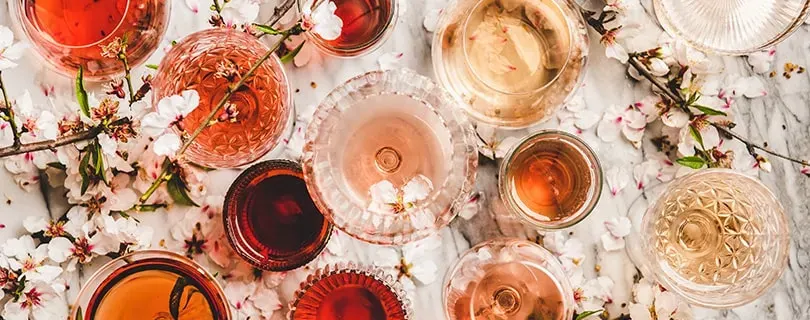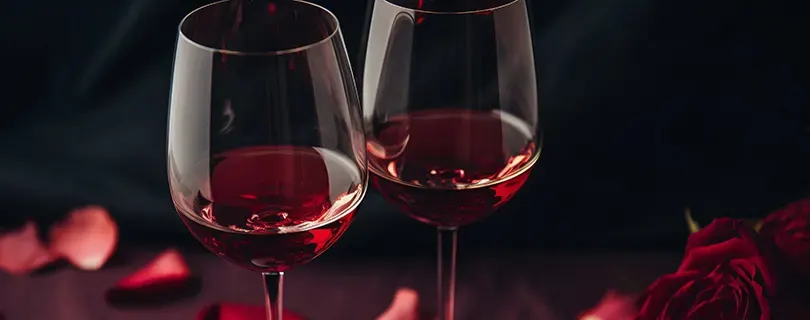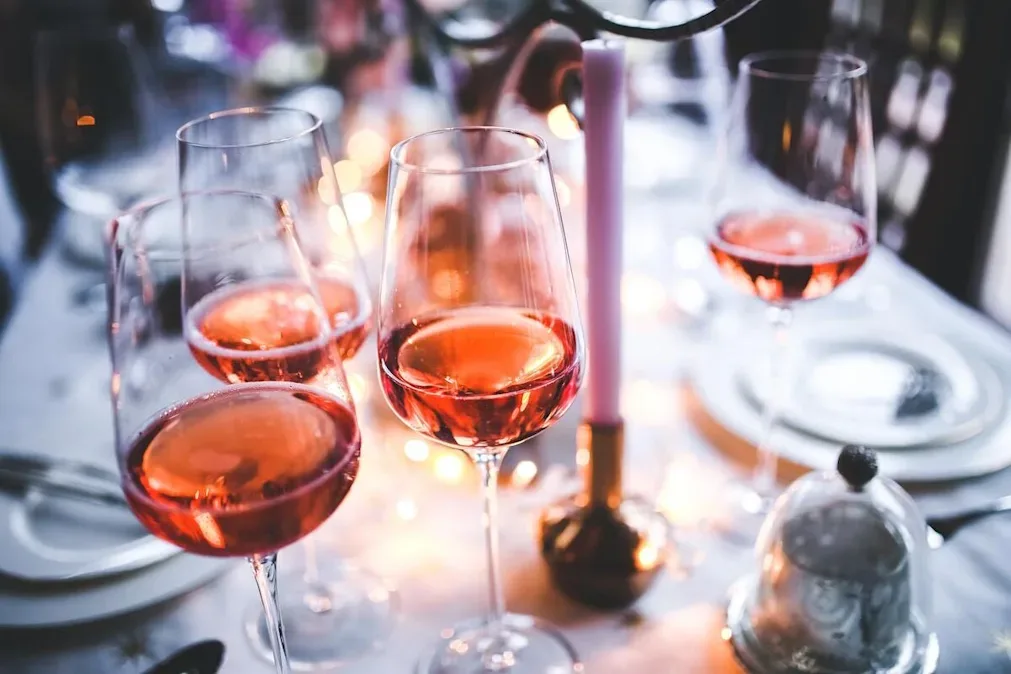Red WineWhite WineRosé WineChampagne and Sparkling WineMixed CasesView all SaleOur No.1 Argentinian red – just £8.99 a bottle30% OFF Gold-medal Stones & BonesTop up your Prosecco stocks – just £8.49 eachJuicy Argentinian Malbec for £8.99 a bottle Explore famous French regions and SAVE £52 SAVE 25% on crisp South African whites35% OFF white Bordeaux bargainsOcean-fresh Portuguese whites – just £7.99 a bottleAdd a case of The Gooseberry Bush to any other 12-bottle order and pay just £6.99 eachHALF PRICE luxury McLaren Vale ShirazAlcohol-free Italian fizz – just £5.99 a bottle35% OFF Spain's great-value redsSAVE £82 on 15-bottle Kiwi Sauvignon mixExquisite Cape Sauvignon with 25% OFFAlcohol-free spirit from the legends at Sipsmith Red WineWhite WineRosé wineChampagne & SparklingDessertFortifiedWine BoxesMiniaturesHalf BottlesMagnumsView All WineFranceItalySpainPortugalAustraliaNew ZealandBordeauxBurgundyCavaChateauneuf Du PapeMargauxRiojaBeaujolaisChablisSancerreNapa ValleySauvignon BlancPinot GrigioMerlotMalbecPinot NoirChardonnayCabernet SauvignonNo and Low alcoholNew ArrivalsBeyond the Wicket by Stuart BroadRiojaProseccoCabalieChampagneNew Zealand SauvignonThe Kew Series by LaithwaitesWhispering AngelRed WineWhite WineChampagneEnglish SparklingDessert Wine*NEW* Bordeaux 2024 En PrimeurBurgundy 2023 En PrimeurBordeaux 2023 En PrimeurFine Wine HubView All Fine Wine Up to £5.99£6 - £7.99£8 - £9.99£10 - £14.99£15 - £24.99£25+RedWhiteRoséSparklingBestsellersBlack RedsAll Mixed CasesTrioSixTwelveBulk DealsPop the Prosecco – easy-drinking Italian fizz with 20% OFFCharacterful lagers from small-scale breweries – £2.50 a bottleStep up to Argentina’s luxury tier with this mix six – SAVE 25%Warming reds for chilly winter evenings – just £8.33 a bottle30% OFF flavour-packed Chilean reds12-month Bestsellers price cap deal!Vineyard PartnersWine Gift SubscriptionsHow subscriptions workBenefits of joining a Wine ClubUnlimitedUnlimitedGift hampersSparkling GiftsRed Wine GiftsWhite Wine GiftsSpirits GiftsBeer GiftsCheese & WineChocolate GiftsGift cards Wine Gift SubscriptionsAll GiftsBirthdays Congratulations Wedding Thank You Engagement Anniversary Corporate GiftsFor HerFor Him Under £30Under £50Under £100Over £100GinBrandyWhiskyVodkaRumTequilaBin EndsView All SpiritsAll BeerLagerIPABeer Mixed casesBeer OffersCiderCider OffersHawkstone - beer from Clarkson's FarmLoose Cannon - Craft beer from the heart of OxfordshireSipsmith - spirits of quality and characterPartner Events Taste with Laithwaites - In StoreBook Hosted Tasting EventsWine Festival - LondonWine Festival - on the roadAbout & FAQ'sAll Events Wine GuidesUnlimitedWedding ServiceCorporate ServicesCorporate GiftsContact UsWine TastingsStore FinderEvents in StoreFood Pairing Guide for Alcohol-Free WineCrémant - The unsung hero of French FizzHow To Perfectly Pair Cheese and WineHow Long Does Wine Last After Opening?Food & Wine PairingsCelebrating Special OccasionsLearn About WineExplore all articlesWine Shop by Telegraph Media GroupWine, Then Dine with Channel 4 Beyond the Wicket By Stuart BroadThe Kew Series by LaithwaitesBritpop by Alex JamesEnglish Heritage SeriesGood Food and LaithwaitesFor the Love of Cricket PodcastAs featured on Bottoms Up! With Alan Carr and Lee PeartView all partnersBROWSE ALL WINES
Red WineWhite WineRosé WineChampagne and Sparkling WineMixed CasesView all SaleOur No.1 Argentinian red – just £8.99 a bottle30% OFF Gold-medal Stones & BonesTop up your Prosecco stocks – just £8.49 eachJuicy Argentinian Malbec for £8.99 a bottle Explore famous French regions and SAVE £52 SAVE 25% on crisp South African whites35% OFF white Bordeaux bargainsOcean-fresh Portuguese whites – just £7.99 a bottleAdd a case of The Gooseberry Bush to any other 12-bottle order and pay just £6.99 eachHALF PRICE luxury McLaren Vale ShirazAlcohol-free Italian fizz – just £5.99 a bottle35% OFF Spain's great-value redsSAVE £82 on 15-bottle Kiwi Sauvignon mixExquisite Cape Sauvignon with 25% OFFAlcohol-free spirit from the legends at Sipsmith Red WineWhite WineRosé wineChampagne & SparklingDessertFortifiedWine BoxesMiniaturesHalf BottlesMagnumsView All WineFranceItalySpainPortugalAustraliaNew ZealandBordeauxBurgundyCavaChateauneuf Du PapeMargauxRiojaBeaujolaisChablisSancerreNapa ValleySauvignon BlancPinot GrigioMerlotMalbecPinot NoirChardonnayCabernet SauvignonNo and Low alcoholNew ArrivalsBeyond the Wicket by Stuart BroadRiojaProseccoCabalieChampagneNew Zealand SauvignonThe Kew Series by LaithwaitesWhispering AngelRed WineWhite WineChampagneEnglish SparklingDessert Wine*NEW* Bordeaux 2024 En PrimeurBurgundy 2023 En PrimeurBordeaux 2023 En PrimeurFine Wine HubView All Fine Wine Up to £5.99£6 - £7.99£8 - £9.99£10 - £14.99£15 - £24.99£25+RedWhiteRoséSparklingBestsellersBlack RedsAll Mixed CasesTrioSixTwelveBulk DealsPop the Prosecco – easy-drinking Italian fizz with 20% OFFCharacterful lagers from small-scale breweries – £2.50 a bottleStep up to Argentina’s luxury tier with this mix six – SAVE 25%Warming reds for chilly winter evenings – just £8.33 a bottle30% OFF flavour-packed Chilean reds12-month Bestsellers price cap deal!Vineyard PartnersWine Gift SubscriptionsHow subscriptions workBenefits of joining a Wine ClubUnlimitedUnlimitedGift hampersSparkling GiftsRed Wine GiftsWhite Wine GiftsSpirits GiftsBeer GiftsCheese & WineChocolate GiftsGift cards Wine Gift SubscriptionsAll GiftsBirthdays Congratulations Wedding Thank You Engagement Anniversary Corporate GiftsFor HerFor Him Under £30Under £50Under £100Over £100GinBrandyWhiskyVodkaRumTequilaBin EndsView All SpiritsAll BeerLagerIPABeer Mixed casesBeer OffersCiderCider OffersHawkstone - beer from Clarkson's FarmLoose Cannon - Craft beer from the heart of OxfordshireSipsmith - spirits of quality and characterPartner Events Taste with Laithwaites - In StoreBook Hosted Tasting EventsWine Festival - LondonWine Festival - on the roadAbout & FAQ'sAll Events Wine GuidesUnlimitedWedding ServiceCorporate ServicesCorporate GiftsContact UsWine TastingsStore FinderEvents in StoreFood Pairing Guide for Alcohol-Free WineCrémant - The unsung hero of French FizzHow To Perfectly Pair Cheese and WineHow Long Does Wine Last After Opening?Food & Wine PairingsCelebrating Special OccasionsLearn About WineExplore all articlesWine Shop by Telegraph Media GroupWine, Then Dine with Channel 4 Beyond the Wicket By Stuart BroadThe Kew Series by LaithwaitesBritpop by Alex JamesEnglish Heritage SeriesGood Food and LaithwaitesFor the Love of Cricket PodcastAs featured on Bottoms Up! With Alan Carr and Lee PeartView all partnersBROWSE ALL WINES










